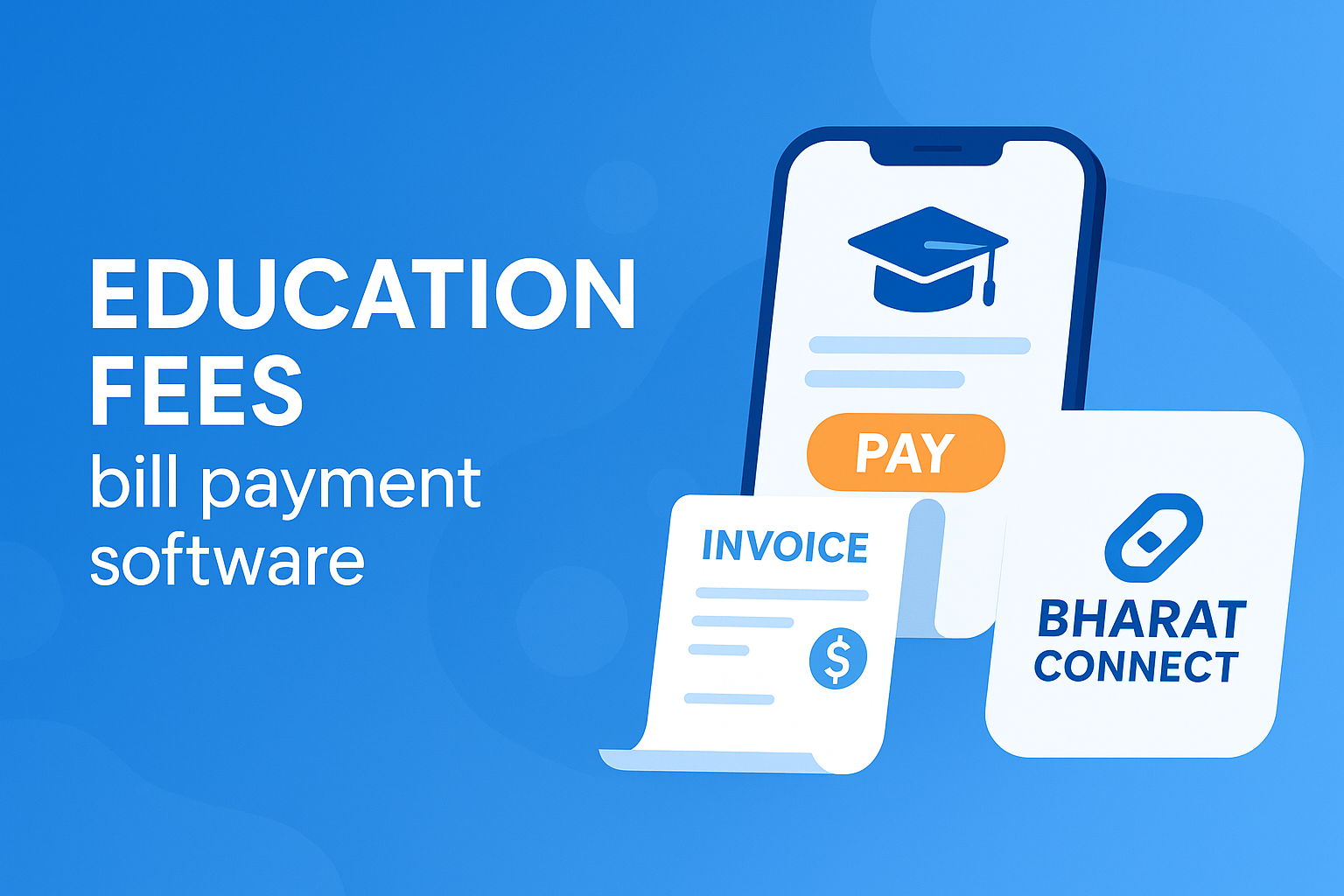
Education fees for high school can vary significantly depending on several factors, including the type of school, location, and the specific programs offered. To help you understand the process of determining education fees for high school, we have outlined a step-by-step guide below.
Step 1: Determine the Type of School
The first step in understanding high school education fees is to determine whether the student will attend a public, private, or charter school. Public schools are funded by state and local governments and generally do not charge tuition, although there may be fees for extracurricular activities, supplies, and other specific programs. Private schools, on the other hand, typically charge tuition, and the rates can widely vary based on the institution’s reputation, location, and facilities.
Step 2: Research Tuition Costs
For private high schools, the next step is to research the tuition costs. This information is usually available on the school’s official website or by contacting the admissions office directly. Be sure to take note of any additional expenses that may not be immediately apparent, such as registration fees, textbooks, uniforms, and technology fees, as these can add significantly to the total cost.
Step 3: Consider Location
The location of the school also plays a crucial role in determining education fees. Urban schools may have different fee structures compared to rural schools due to factors like property taxes, cost of living, and available funding. It's advisable to compare schools within the same geographic area to get a better understanding of typical tuition ranges.
Step 4: Explore Financial Aid Options
Understanding the financial aid options available is critical, especially for families considering private education. Many private schools offer scholarships, grants, or sliding scale tuition based on family income. It's essential to inquire about these opportunities early in the application process and investigate any specific requirements or deadlines associated with financial aid applications.
Step 5: Factor in Additional Costs
Beyond tuition costs, families should factor in additional expenses that are often associated with high school education. These may include transportation fees, lunch costs, field trip expenses, and costs for participation in sports or arts programs. Additionally, some schools have fees for advanced placement (AP) courses or specialized programs, so it is wise to account for these potential expenses in your budgeting.
Step 6: Assess Overall Education Value
Finally, when considering education fees, it's beneficial to assess the overall value provided by the high school. Factors such as academic performance, extracurricular opportunities, college placement rates, and school culture should be weighed alongside the financial aspects. This holistic view will help families make informed decisions about where to invest in their child’s education.
By following these steps, families can gain a comprehensive understanding of high school education fees and make informed decisions that align with their financial situation and educational goals. Remember, it’s important to research thoroughly and consider all available resources when planning for high school education.
